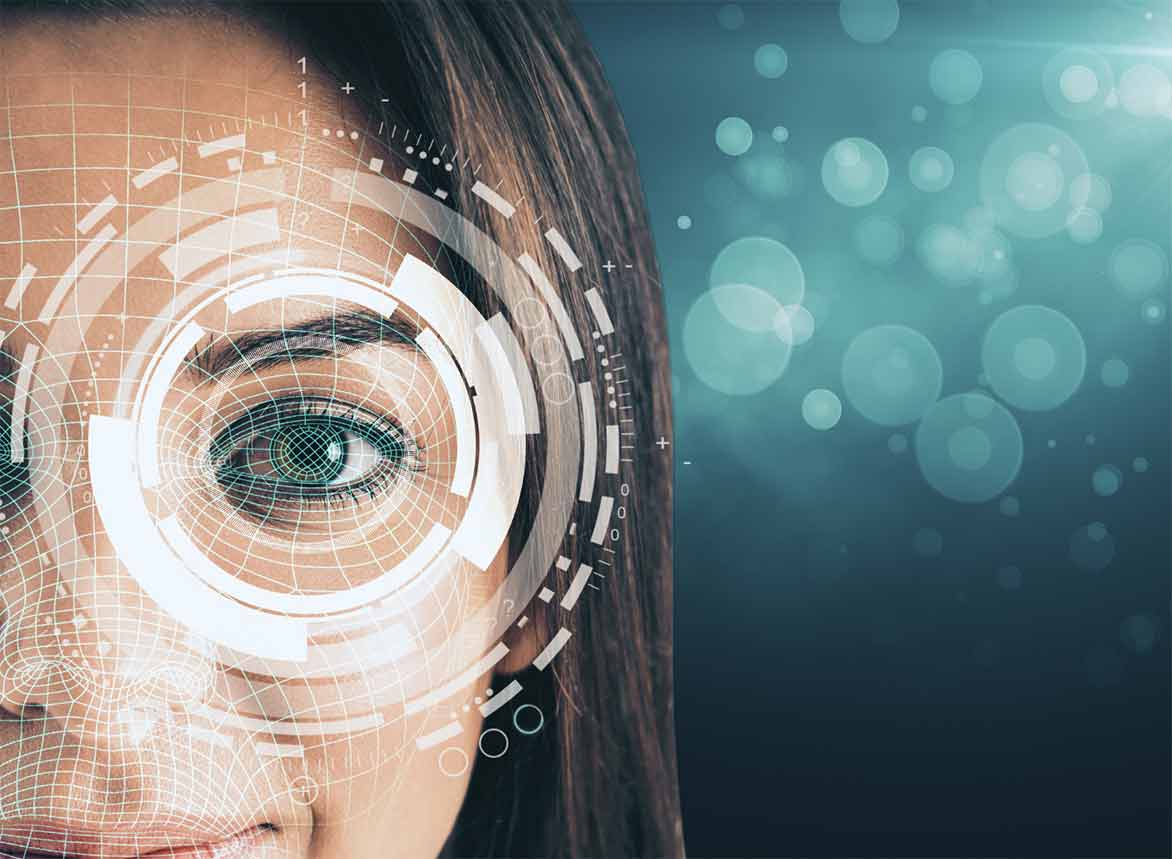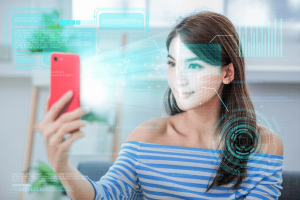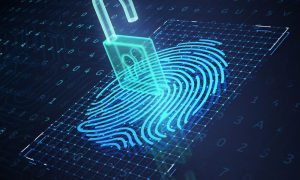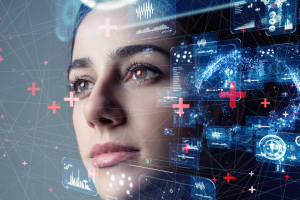The word biometric is a word with Greek roots. The word is a combination of the two Greek words Bio (life) and metrikos (estimation). Simply put, biometrics is the identification of individuals using their physiological and behavioral characteristics. Of course, this definition is very general and it can be said that everyone uses biometrics unconsciously in their daily lives.
For example, every day we recognize the identity of people by their voice, face, and even the way they walk, and with this general concept, biometrics can be considered as ancient as human beings.
The 21st century is the century of the greatest advances in biometric authentication. During these years, significant advances have been made in the identification of individuals in various ways. In the following, we will talk about the biometric industry, its size, and growth pattern.
Fingerprint Biometric Authentication
In 1858, William Herschel of England, after 28 years of studying the fingerprints of Indian workers, working for the East India Company, gained an experiment result:
Each person’s fingerprint is unique.
Every person’s fingerprint does not change during their life and remains the same.
There are shaped tubes on the fingers that are almost parallel to each other and have arcuate, circular, and spiral patterns.
Fingerprint recognition technology is one of the first biometric series for authentication, but how is this technology today?
Forged fingerprints are made with materials such as clay, gelatin, silicone, and rubber.
By observing a combination of very unusual features such as abnormally sharp borders, a large number of white bubbles, or black and white bubbles in the fingerprint area, abnormal peaks can be detected as fake fingerprints.
How to prevent fake fingerprints
Currently, a technology called Live Fingerprint Detection (LFD) detects fake fingerprints by analyzing its features, patterns, and advanced algorithm.
(Also read about Ways to Fight Online Payment Fraud)
Biometric face authentication
The geometric shape of the face can be a measurable parameter in a biometric system. Multi-biometric systems use this parameter to increase their accuracy and the image of the user’s face is taken by a camera with 3 to 4 frames. The general trend of the face and the basic characteristics of the face are measured in this method. Basic features include the parts of the eyes, around the nose and mouth, and the areas that surround the cheekbones.
The general process of the face is done by processing the whole image of the face with the method of statistical analysis and neural networks.
Biometric iris authentication
The colored part of the human eye is called the iris. The iris is a type of muscle and is formed with different lines. These lines remain unchanged from birth to the end of life.
Lines, rings, holes, grooves, spots, etc. This muscle is separable. Another unique feature of irises is their eyes. Imaging of the iris is usually done with an infrared monochrome camera (700–۹۰۰nm) equipped with a CCD sensor. This process is done by irradiating light to the iris of the eye and then measuring its return. The method of measuring the iris in this biometric method is interesting. First, the position and size of the pupil are measured. The size and location of the iris are then measured. Then the image is marked between the two circles of the pupil and the end of the iris and becomes a rectangular pattern.
With this technique, if the size of the pupil becomes small and large under the influence of light radiation, there is no problem and the rectangular shape remains constant. Now a rectangular shape with unique patterns becomes binary code.
This technique allows the rectangular image to remain almost constant as the pupil shrinks or enlarges so that there is no problem in performing subsequent processes. The image is a rectangle with certain dimensions that has properties that can be converted to binary code, in these transformations, there are different methods, each of which has advantages and disadvantages that are beyond the scope of this article.
Now the obtained binary codes are compared with the pattern and the detection process takes place. This technology is a great technique for authentication, but unfortunately, it is a very expensive method that imposes a lot of cost on a large scale. Apart from this, users do not like this method very much and the sampling time of the eye must be completely still so that the modeling is completely accurate.
Biometric retina authentication
The retina is located at the tip of the eyeball. But how can the biometric authentication process be done with the retina?
You may be interested to know that retinal blood vessels in the user’s eye are unique features. When the user’s eye is in a specific location, a beam of short-wavelength infrared or green light is emitted into the retina and its reflection is measured by a CCD camera. This method is very similar to the iris imaging method.
Biometric market size
Emergen Research predicts in a new report that the revenue of the global biometric industry will reach $ 100 billion by 2027.
The report also states that with the advent and penetration of smartphones among people and the need for biometric security and integration with IoT technology, significant growth will be excited and will continue.
Regardless of the forecasts, of course, one of the obstacles to the growth of the biometric industry is concerns about data security and privacy.
The highest demand for biometric services is in the following sectors:
- Government and Defense
- Health care and life sciences
- police
- human resources
- Retail and digital commerce
- Information and Telecommunication Technology
- Banking, financial, and insurance services
In these forecasts, the major players in the growth of the biometric industry of the following companies have been eliminated:
Idemia, Aware, Leidos, Precise Biometrics, IriTech, NEC Corporation, Fujitsu, Thales, Mobbeel, BioEnable, Fulcrum Biometrics, and BioID
Biometric industry Growth
Asia-Pacific is the fastest-growing biometric industry in the future. China, India, and Japan will be the leaders in this industry. Awareness of security through biometric systems will grow in the future.
The Germans will be at the forefront of the biometric industry in Europe. Brazil is also recognized as a leader in South America, Saudi Arabia, the United Arab Emirates in the Middle East, and South Africa in Africa.
In another report, Brandessence Market Research predicts that the face recognition market will continue to develop due to the spread of COVID and has the potential to reach $ 11,604.5 million by 2027.
- These growths are predicted due to several components:
- The monitoring industry is becoming more and more important.
- The government and the defense industry are investing in face recognition technologies.
- General commercial technologies are becoming more advanced day by day.
- Face biometric solutions are increasingly popular by governments and businesses for a variety of spaces, including in media and entertainment, retail and digital commerce, telecommunications and information technology, automotive and transportation, and healthcare, among others.
Which country will dominate the market?
According to reports, North America is expected to dominate the entire market due to the increasing use of face biometrics in various sectors, including defense, justice, security, and infrastructure development.
Conclusion
As most of our important interactions take place online, building trust digitally has also become crucial. The role of biometric authentication is expanding. Because it provides higher levels of identity assurance, improves conversion rates and customer experience, and takes better care of online accounts against identity theft and account seizure.
Despite all the advances made in the biometric industry, the industry is expected to experience significant growth in the coming years.















